How to Drive Traffic to Your Website: 7 Tactics That Make a Perfect Strategy
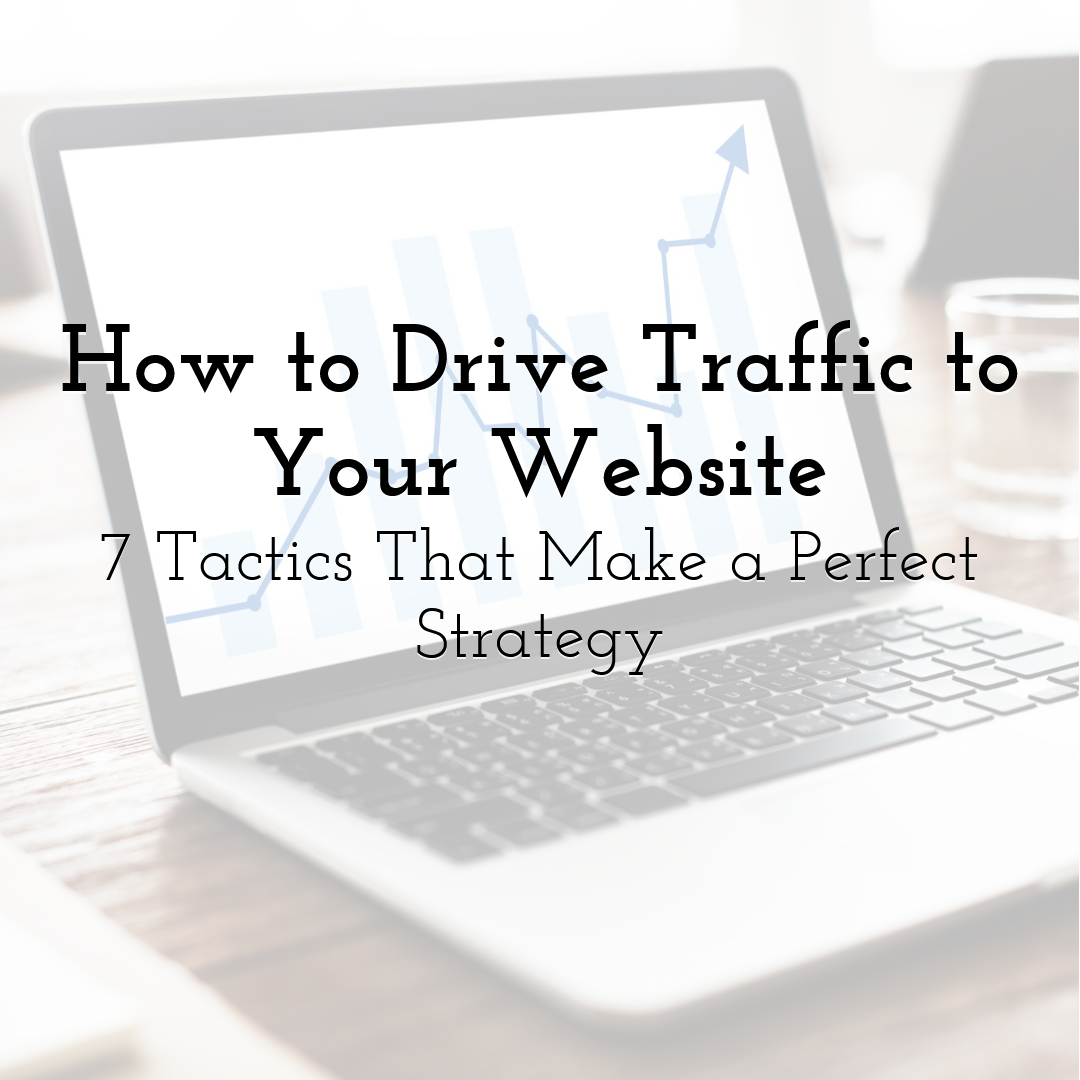
In the digital era, website traffic is one of the primary assets a business has. Many people link this to visibility, which is true. However, now, your traffic is not only about visibility, it also stands for trust, authority, and sales. Now, when most interactions between customers and brands happen online, site visitors translate into the number of potential customers and thus, revenue.
But how do you increase it naturally? In this article, we’ll review the top seven proven tactics that can help you increase website traffic!
Start With SEO Traffic
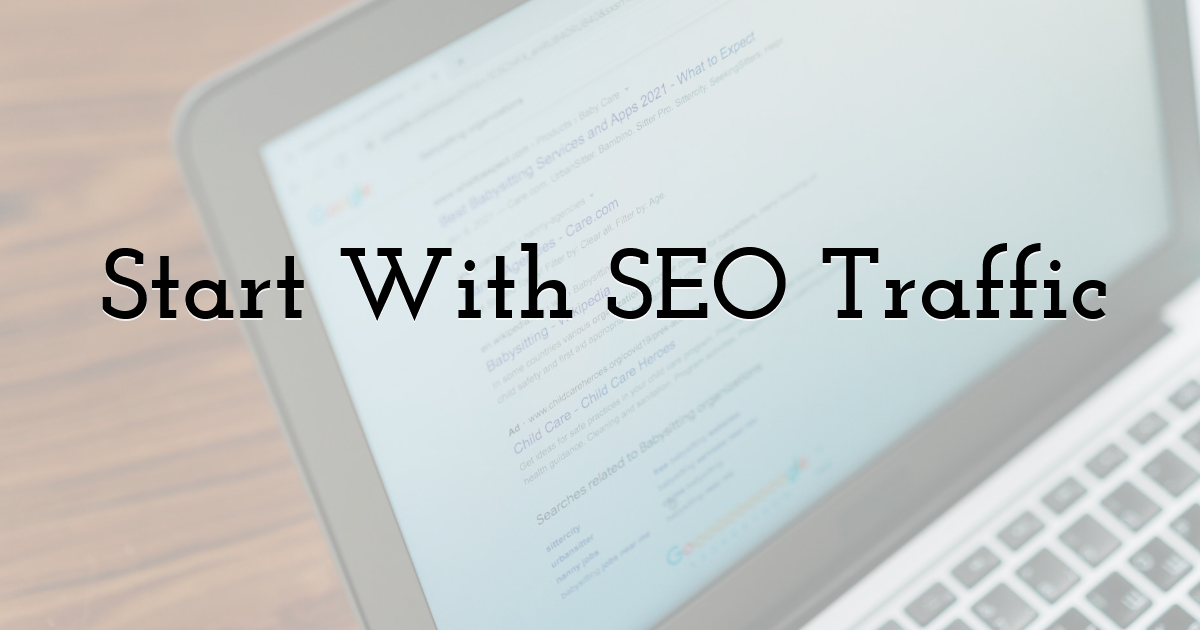
Increasing website traffic with SEO is the number one approach you want to adopt. Why? Because these days, organic search is the foundation of business success. SEO is not just for search results appearance and online visibility. Through its different areas, optimization is also about giving your users better experiences, establishing a stronger bond with trust, and securing sustainable organic growth.
To use optimization for traffic growth, you need to implement the following SEO basics:
- • Research relevant short-term and long-term keywords to optimize your pages for them.
- • Improve your meta titles and descriptions, making them shorter so that they fit into all screens in full and adding target keywords.
- • Add schema markup to enrich your link in SERPs with additional data.
- • Leverage optimization for different types of searches, such as local, image, AI, and voice.
After taking these steps, implement ongoing website traffic analysis to see how your SEO efforts affect the result. The best idea is to use an all-around search engine optimization tool like Ahrefs that will give you access to all the SEO tools you need. You can also find an alternative to Ahrefs that suits your budget and needs better.
Create Content That Resonates and Brings Value

If you are wondering how to increase traffic to website, you need to know that content plays one of the most important roles in this process. When it’s high-quality and well optimized, your copy will help you educate and engage the audience while also giving you an opportunity to rank higher.
To capture this opportunity, create a content marketing strategy that will constantly drive people to your site. The main pillars it should be built on include:
- • Relevance to your audience’s interests and pain points
- • Quality and authority
- • Optimization for search engines
To jumpstart your strategy creation, carry out audience research. Then, use your findings to deploy your strategy around the specific needs of your TA. Put focus on giving value, and prospects will thank you with their visits, clicks, and engagement.
Don’t Ignore Social Media
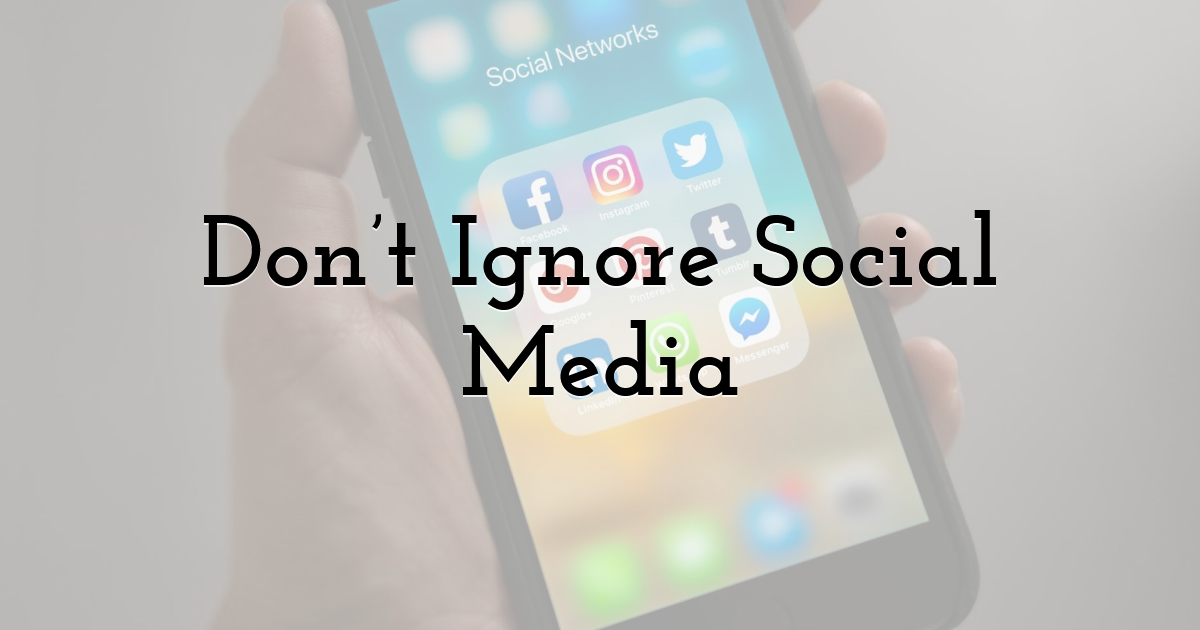
As reported by DemandSage, 63.9% of people globally are on social media. Even now, when platforms like Facebook and X are habitual, the number of users continues to increase. And the way people use social media also changes. In particular, more and more people use popular networks to research brands and products/services instead of search engines. This tendency is particularly visible in younger generations who are quickly taking the largest share of consumers. Long story short, you need to be on social media to grow and attract traffic.
If you are looking to promote website beyond search engines, research your audience’s preferences first to know which platforms they use the most. Then, create accounts on selected social media, securing consistent branding and optimization for social media search. Then, start posting quality content frequently to engage your prospects, and don’t forget to cross-promote the content on your website and feature clickable links in bios and publications (where possible) to gain more visitors.
Another important point in relation to social media is to focus your efforts on creating awe-inspiring visual content that sells. Use visuals and videos to emphasize your branding, stand out, and engage the audience.
Create High-Converting Paid Ads
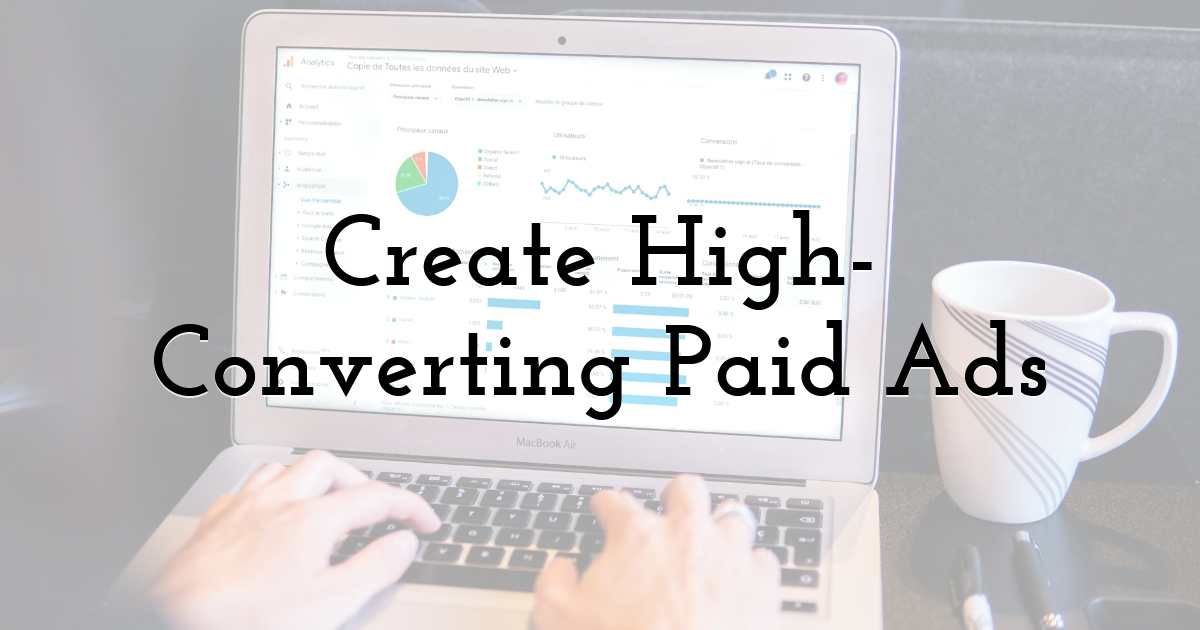
There are many distinctive features between paid and organic traffic. The latter is focused on long-term, sustainable results, which is crucial for growth. However, paid visits can give you instant outcomes and tools to target your message to the right people. They give you a chance to attain some business goals quickly. And that’s why paid ads should be a part of your overall marketing strategy.
Where do you start? First, clarify your goal and the segments of the audience you want to reach. Gear the advertisement platforms and message to those factors. Don’t hesitate to spend extra time testing your ads and continuously monitoring their outcomes to find areas for improvement and attain your goals.
Keep Engaging and Converting Your Audience via Email
Marketing via email is a good way to nurture new leads and stay top of your customers’ minds. And it’s also an opportunity to promote your content and site to get more website traffic.
To do this, you need to first focus on bringing more people to your email list. Creating lead magnets is a good tactic–you give your prospects and customers free value, for example, a report, white paper, access to your tools, free trial, or anything else, and ask them to subscribe in return. When you have an extensive mailing list, segment your audience by shared characteristics and consistently deliver engaging and quality email content.
Most importantly, integrate clear calls to action and clickable links to get more visitors.
Gain Additional Traffic With Referral Programs and Backlinks
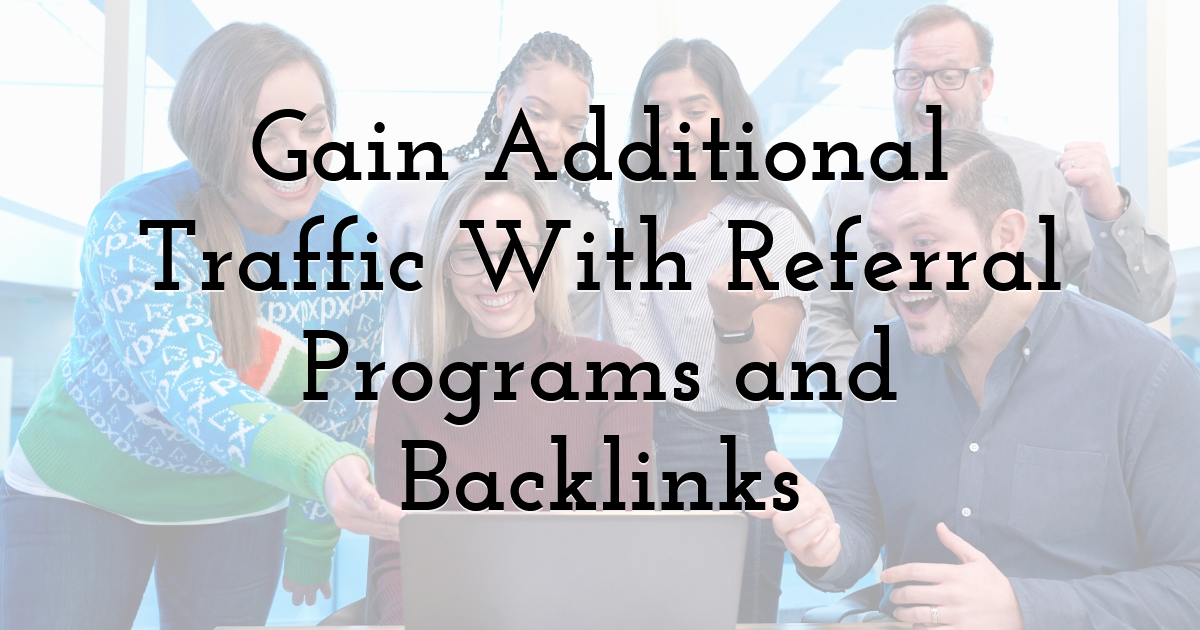
A big part of your website traffic will be direct, coming from search, your search engine profiles, ads, and email marketing. However, a good tactic to amplify your presence is to attract visitors from external sources. This will give you a broader reach, which means more potential customers coming to you and, respectively, more sales and trust.
There are two ways to secure a steady flow of external traffic:
- • Create referral programs. Referral programs are meant to turn loyal customers into advocates who promote your brand. Such programs tend to generate more high-quality leads and bring more conversions than paid ads, thanks to trust. Develop such programs and offer valuable incentives to use this to your advantage.
- • Build backlinks. Links that come from reputable sites also extend your outreach and can increase the number of visitors. But that’s not all. Mentions from other sources (of course, if they are relevant and trustworthy) also increase the trust level. And they have a positive impact on your organic rankings. Focus on ethical link-building techniques like guest blogging, skyscraper, and broken link-building, and create top-notch, authoritative content to gain mentions naturally.
Ensure Returning Traffic by Enhancing User Experience
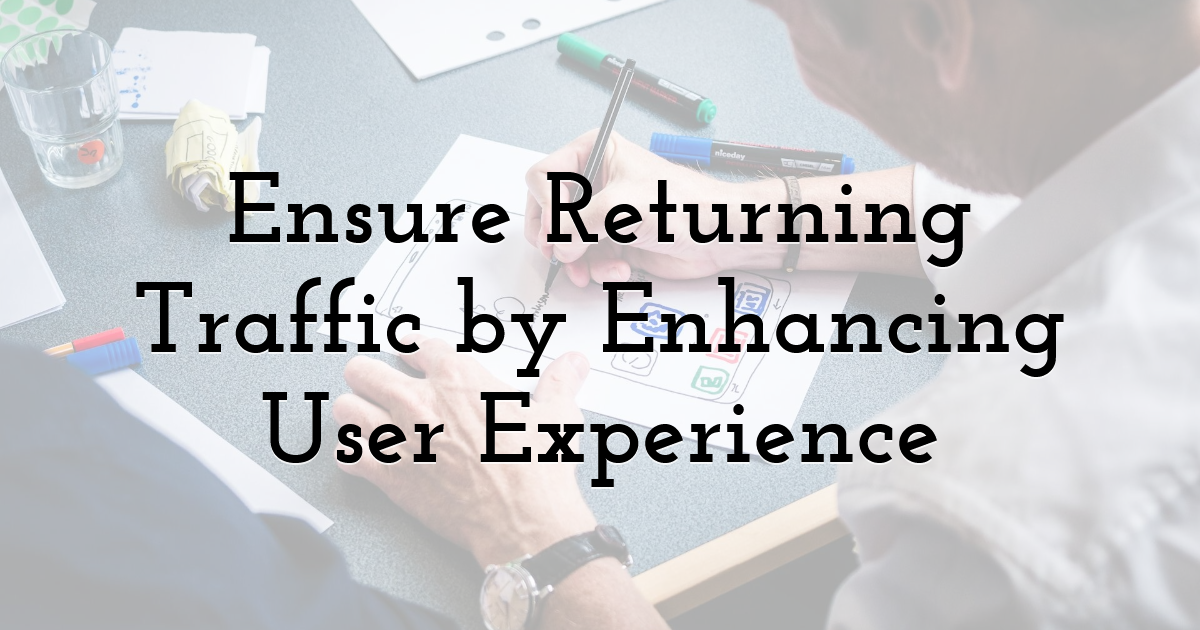
While increasing site traffic is important to enhance your brand awareness and the number of potential customers, keeping the visitors coming back is even more important. Returning users are more engaged and have a higher likelihood of converting (if they haven’t yet). And as for returning visitors who have already converted, they have the potential to turn into loyal customers and brand advocates, which is crucial for your brand reputation and sustainable growth.
User experience plays a major part in keeping people coming back to your website. After all, people will not advocate for you if they don’t enjoy using your site. So here are some baseline tips for improving UX for returning traffic:
- • Rethink your website design with a focus on usability and comfort. It should be clean and sleek to let visitors focus on the information they find, rather than on distracting design elements.
- • Test and improve site speed. Slow loading not only affects the impression people get from your website but also may prevent you from achieving your full ranking potential.
- • Make it work flawlessly on mobile. We live in a mobile-first world where 96.3% of all web users access the internet from a mobile device, so it’s important to capture them by offering an excellent mobile UX.
- • Provide good customer care. Timely and helpful service can help reduce bounce and churn rates, making your brand look even more reliable.
Final Thoughts:
If your goal is to increase website traffic, you need to know that it’s an ongoing process that can’t be done overnight. It takes a good understanding of your goals and TA to resonate and drive clicks. And it takes a combined effort to accomplish your goal in full.
After reading this article, you have a list of seven tactics that have been time-tested and proven to work. One last tip we want to give you is that sustainable traffic growth requires a holistic strategy, not just tactics. That is, don’t just use the tips from this guide on their own. Instead, combine them into a strategy geared to your business and audience, and it will help you get the most out of your daily efforts.
Until next time, Be creative! - Pix'sTory
Recommended posts
-

Top 9 Graphic Design Software in 2021
Read More › -

6 Best Website Design Trends for 2021
Read More › -

A Key Principle For Effective Conversational UI Design To Ensure Optimum...
Read More › -

The History of Flat Design: How Efficiency and Minimalism made the Digita...
Read More › -

How Graphic Design Plays an Important Role in Social Media Marketing
Read More › -

Starting a Career in Designing? Use These Hacks to be a Professional
Read More ›
